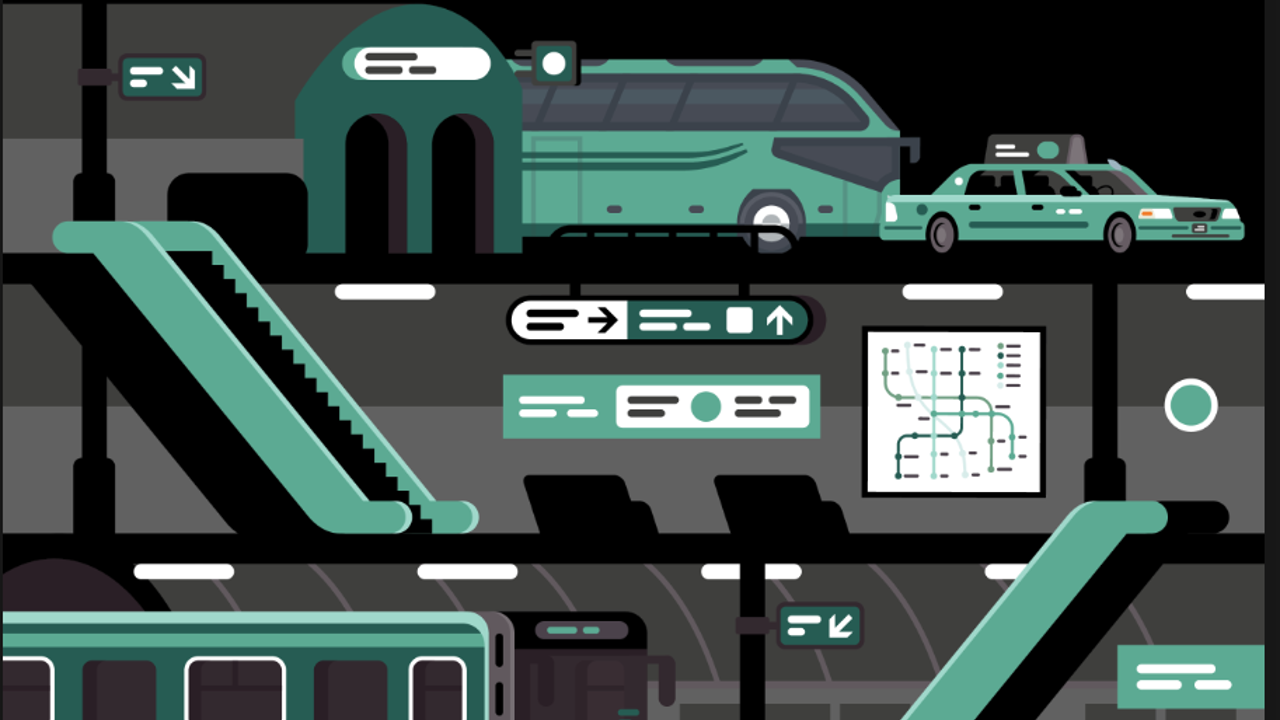
What the $68bn US transit industry doesn’t know…
Many of the 7,700 US transit organisations know that safety, value for money, and speed of service are key reasons why people choose or reject a specific mode of transport. However, beyond these hygiene factors, little is known about the other motivators and barriers to using public transit. To fill this knowledge gap, Northstar conducted a US nationwide study on the matter*. (The full findings are available to download here).
Age: A defining factor in motivators and barriers
The motivators and barriers to choosing and rejecting public transit differ vastly between age generations (the generational gap). Differences exist because age defines:
- Levels of disposable income
- Likelihood of living in high-density urban areas that have numerous transportation options
- Tech savviness
- Acceptance of new mobility options e.g. ride sharing
Resultantly, different generations have different motivations for choosing and rejecting public transit:
- Gen Y (ages 25-34) & Gen Z (ages 18-24) use public transit so they get time back. However, the length of time public transit journeys take is a major barrier to usage
- Boomers (age 55+) are motivated to use public transit by its functionality, but their enjoyment of driving restricts their usage
CLICK HERE FOR THE DETAILED RESULTS
What do these generational differences mean for transit organizations?
For different generations, public transit has different meanings:
- For Gen Y & Z, public transit isn’t about getting from A to B. It’s about a time-poor generation getting much-desired time back in the optimum environment for digital socializing
- For Boomers, transit isn’t about fun and excitement. It’s about a customisable door-to-door service
These differences mean bespoke acquisition, retention and communication strategies are needed for each generation. By actioning strategies that acknowledge these differences, transit organizations will be able to:
- Build communication strategies that will be effective with target age groups due to age-relevant messages and channels
- Create customer service initiatives bespoke to age-based needs and pain-points
- Support new innovations that reflect the tech savviness of specific generations and deliver a fit-for-purpose user experience
In our experience, looking motivations and barriers via age has been shown to positively impacted businesses:
A national passenger rail road company and their ad agency looked at motivations and barriers among Millennials. The insights generated contributed to the development of a new, targeted, campaign to drive ridership acquisition among this age segment. This campaign boosted Millennial ridership and improved their customer experience.
To learn more about ‘The Generational Gap in Urban Transit: How to get everybody on board’ in full please contact Matthew Denomme
*This national, online study was conducted in March 2019 among n=750 Americans aged 18+ who live in a region with access to a public transit system, including subway, LRT, bus or large airport. Generational age definitions as follows: Gen Z = 18-24 yrs; Gen Y = 25-34 yrs; Gen X = 35-54; Boomers = 55+ yrs old.
By Matthew Denomme, Senior Vice President & Canadian Managing Director
if you would like further information, please get in touch via:




